Back to Courses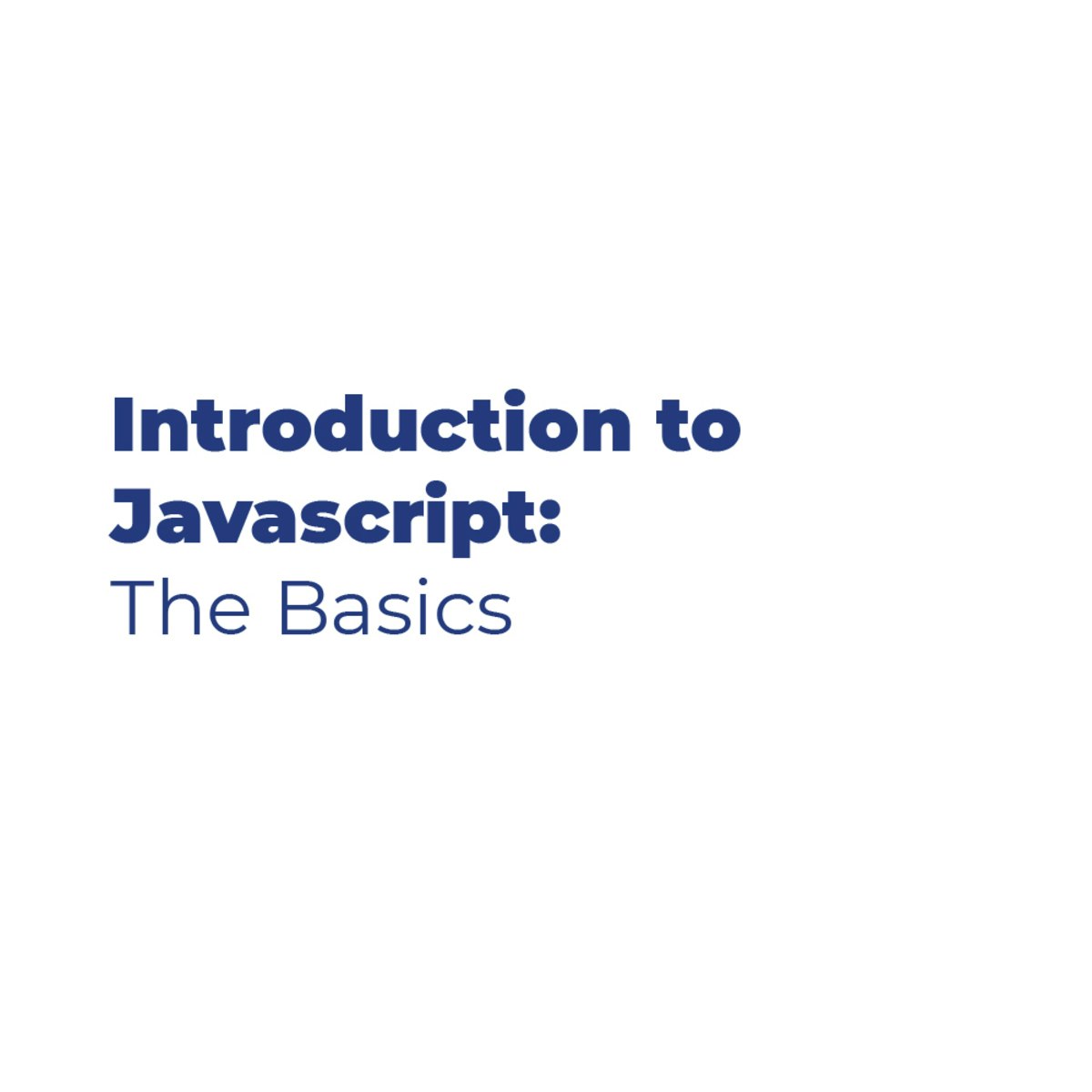

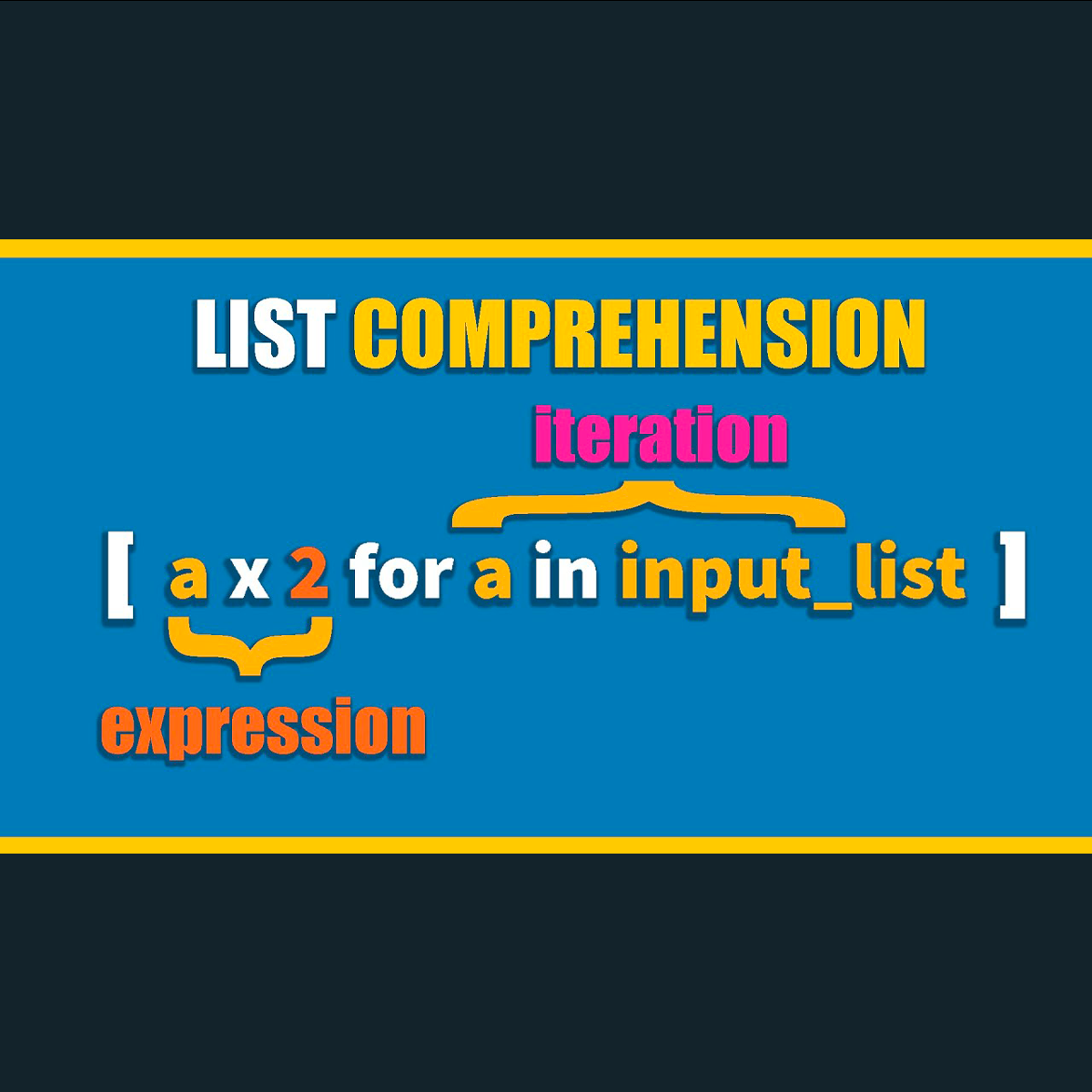
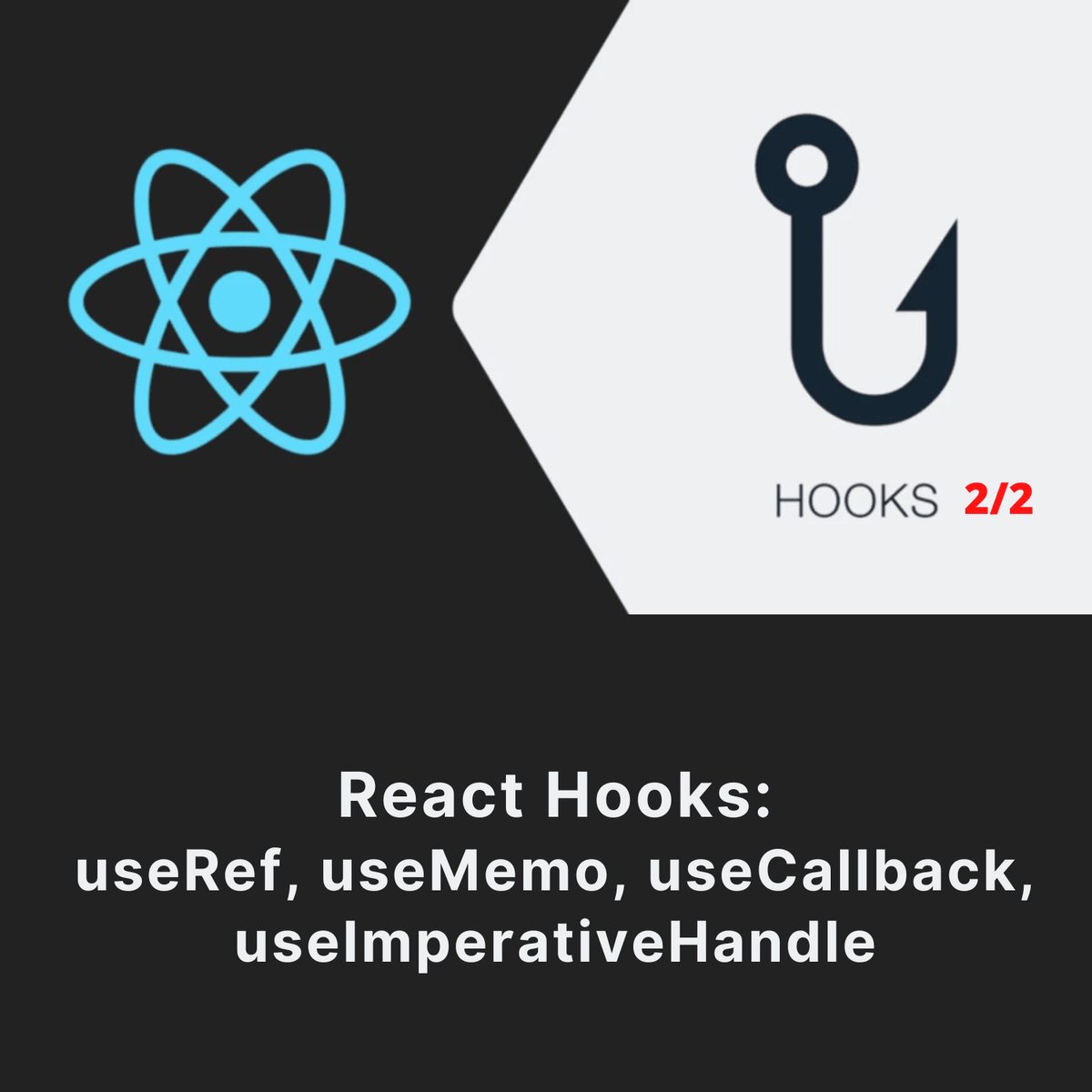
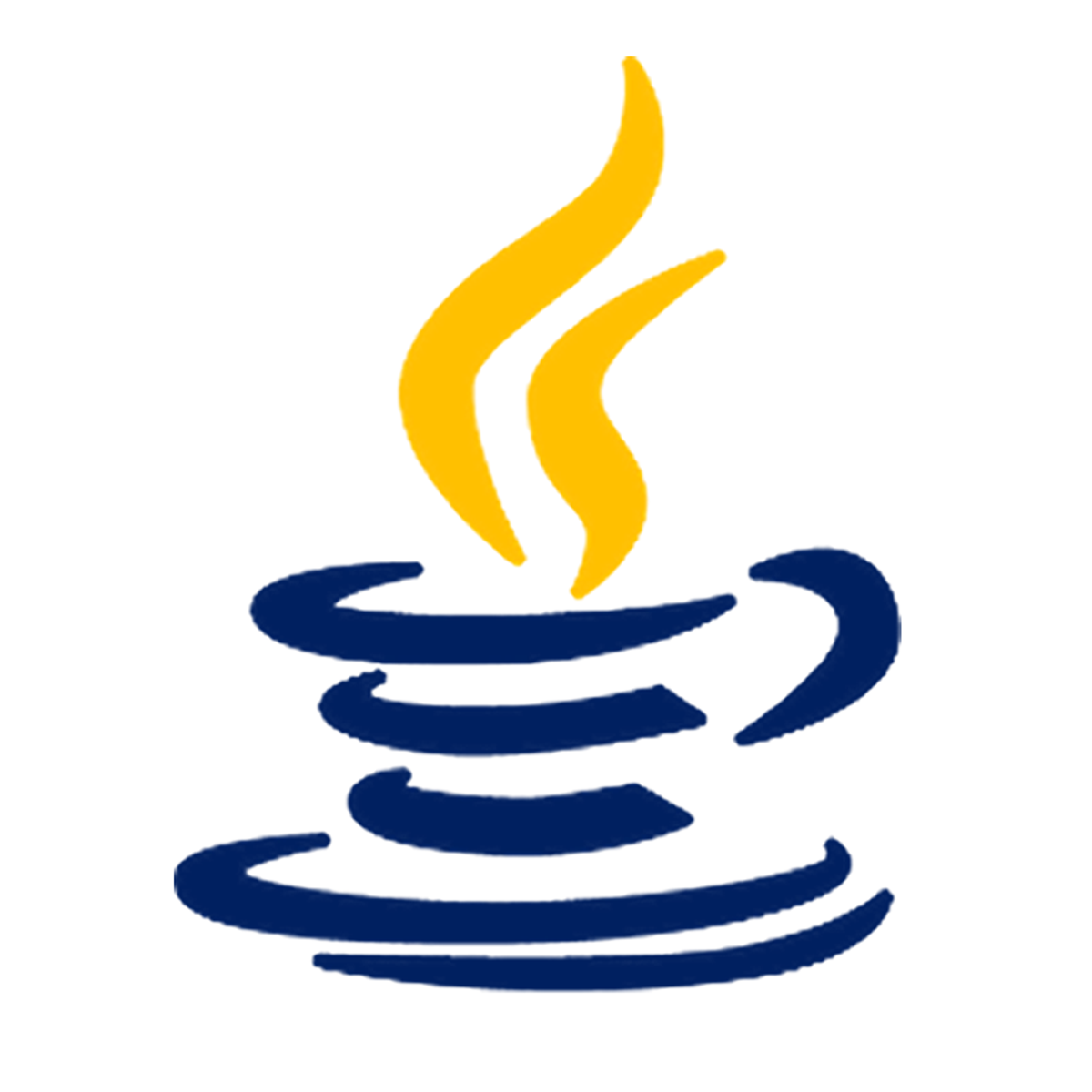




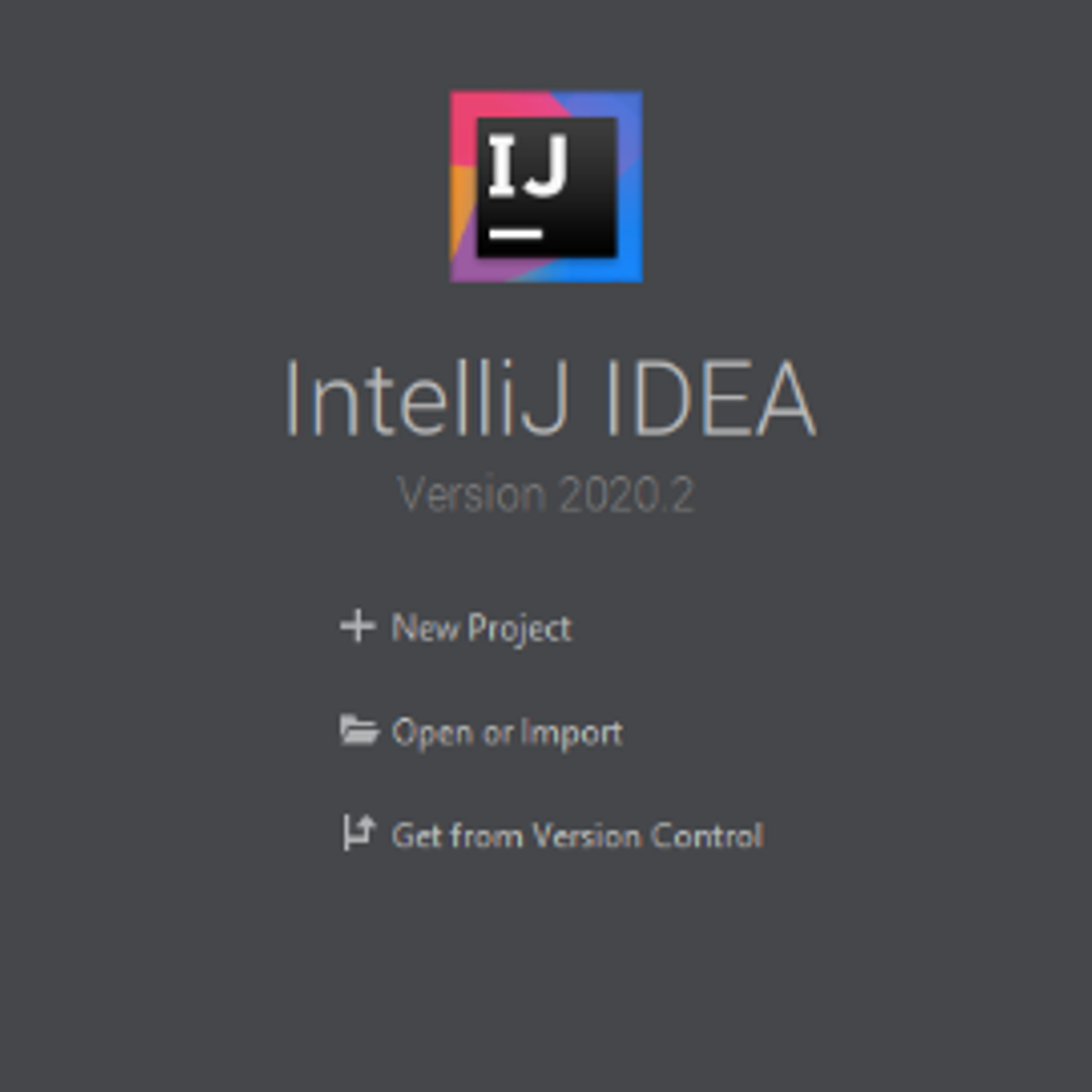
Computer Science Courses - Page 34
Showing results 331-340 of 2309

Introduction to Javascript: The Basics
In this 2h 10m long project-based course, you will learn how to create dynamic web pages using Javascript. Javascript is one of the most popular scripting languages used in front-end, back-end web applications and hybrid mobile applications. It can be used to add interactivity to static HTML pages. It also could be used at the back end of modern web applications. Moreover, it is the core of many modern frameworks used to build hybrid mobile web applications. Learning Javascript opens up a huge variety of promising career options.
Note: This course works best for learners who are based in the North America region. We’re currently working on providing the same experience in other regions.
Advanced Django: Introduction to Django Rest Framework
Code and run Django websites without installing anything!
This course is designed for learners who are familiar with Python and basic Django skills (similar to those covered in the Django for Everybody specialization). The modules in this course cover an introduction to the the Django REST framework and handling JSON within the context of APIs, fundamentals such as serialization ViewSheets, and authentication/permissions.
To allow for a truly hands-on, self-paced learning experience, this course is video-free. Assignments contain short explanations with images and runnable code examples with suggested edits to explore code examples further, building a deeper understanding by doing. You’ll benefit from instant feedback from a variety of assessment items along the way, gently progressing from quick understanding checks (multiple choice, fill in the blank, and un-scrambling code blocks) to slowly building features, resulting in large coding projects at the end of the course.
Course Learning Objectives:
Describe how the Django REST framework allows Django websites to leverage APIs
Apply the Django REST framework
Leverage ViewSets to map views to logic
Setup authentication and configure permissions

Where, Why, and How of List Comprehension in Python
At the end of this project, you will learn about the Where, Why, and How of List Comprehension in Python. We are going to start with a quick introduction to lists and then we will talk about what list comprehension is and how and where we can use it. In the final task, we will load a JSON dataset containing information about UFO observations reported by civilians around the globe. we are going to use list comprehension to extract useful information out of our data.

React Hooks: useRef, useMemo, useCallback, ImperativeHandle
By the end of this course you will have a solid grasp of some of the most important hooks in React. We will start by understanding the tricky parts of hooks and spend time digging deeper than other courses, logging everything. We then go ahead to consume our hooks in real life examples.
This course is aimed at developers who are familiar with React and hooks in general, understand the basics well, and would like to have some more experience, especially using some of the more advanced and dynamic development patterns in React.

Introduction to Object-Oriented Programming with Java
Introduction to OO Programming with Java is course 2 of the Core Java Specialization. After completing this course, you'll be able to create simple Java classes that exhibit the principle of Encapsulation, to import other classes for use, to work with Strings, print output and use advanced math functions.
We'll begin with a brief refresher on necessary concepts from Object-Oriented Programming. Next, we'll introduce basic Java concepts regarding classes, enabling you to start writing simple Java classes with attributes and methods. We'll introduce the idea of instances, or objects created from classes, so that you can start to build object-oriented solutions. Finally, we'll cover namespaces and Java Libraries to explain how Java packages classes, so that everyone can develop code without name collisions. You will be able to organize and access classes, as well as use selected standard classes from the Java runtime environment.
To be successful in this course, you should have taken Course 1: Introduction to Java or have equivalent knowledge.

Getting Started With Adobe Photoshop
After completing this project, you will be able to navigate through Adobe Photoshop and you will be able to perform simple tasks to complete a small project. First, you will learn some key terminology, helpful shortcuts, and how to start a new project in Adobe Photoshop. Then, you will learn how to add a photo to Adobe Photoshop, how to crop it, and you will learn how to use the healing brush tool for your photos. Sometimes photos include items that you do not want to necessarily be in there. In this case, the stamp tool will come in handy. You will learn all about the stamp tool and how to improve your photo with it. Lastly, you will learn different options for saving your project so you can use it further or so you can return to it at a later point in time.
The aim of this project is to familiarize you with simple functions in Adobe Photoshop. By the end of this project. you will be able to create a simple photo project.

Big-O Time Complexity in Python Code
In the field of data science, the volumes of data can be enormous, hence the term Big Data. It is essential that algorithms operating on these data sets operate as efficiently as possible. One measure used is called Big-O time complexity. It is often expressed not in terms of clock time, but rather in terms of the size of the data it is operating on. For example, in terms of an array of size N, an algorithm may take N^2 operations to complete. Knowing how to calculate Big-O gives the developer another tool to make software as good as it can be and provides a means to communicate performance when reviewing code with others.
In this course, you will analyze several algorithms to determine Big-O performance. You will learn how to visualize the performance using the graphing module pyplot.
Note: This course works best for learners who are based in the North America region. We’re currently working on providing the same experience in other regions.

XG-Boost 101: Used Cars Price Prediction
In this hands-on project, we will train 3 Machine Learning algorithms namely Multiple Linear Regression, Random Forest Regression, and XG-Boost to predict used cars prices. This project can be used by car dealerships to predict used car prices and understand the key factors that contribute to used car prices.
By the end of this project, you will be able to:
- Understand the applications of Artificial Intelligence and Machine Learning techniques in the banking industry
- Understand the theory and intuition behind XG-Boost Algorithm
- Import key Python libraries, dataset, and perform Exploratory Data Analysis.
- Perform data visualization using Seaborn, Plotly and Word Cloud.
- Standardize the data and split them into train and test datasets.
- Build, train and evaluate XG-Boost, Random Forest, Decision Tree, and Multiple Linear Regression Models Using Scikit-Learn.
- Assess the performance of regression models using various Key Performance Indicators (KPIs).
Note: This course works best for learners who are based in the North America region. We’re currently working on providing the same experience in other regions.

Introduction to Architecting Smart IoT Devices
What will you learn?
Embedded Systems are so ubiquitous that some of us take them for granted: we find them in smartphones, GPS systems, airplanes, and so on. But have you ever wondered how these devices actually work? If so, you're in the right place!
In this course, you'll learn about the characteristics of embedded systems: the possibilities, dangers, complications, and recipes for success. We'll discuss all of this in the framework of a flourishing embedded systems field: the Internet of Things, where billions of intercommunicating devices could enable unprecedented, innovative products and services. If you'd like to learn how to create similarly innovative products, then this is the course for you!
At the end of the course, you'll be able to:
- make the right choice for your own project when it comes to the target market, parallel executions, time, and the lifecycle of your system
- hack, avoid failure and promote success
- decide whether to buy or to build components
- how to assemble a good team
- install case tools
- learn how to work with SysML

Starting GUI Programming with JavaFX
In this 2-hour long guided project, we will learn the basics of creating GUI Applications with JavaFX. We will do this by creating a simple user interface designed with Scene Builder and FXML. The GUI Application itself will be powered by the JavaFX framework. While JavaFX has a fairly large number of components that offer a lot of functionality, we will focus on creating something simple to familiarize ourselves with the framework and some of its core functionality.
To be able to complete this project successfully, you should be familiar with the Java programming language.
Note: This course works best for learners who are based in the North America region. We’re currently working on providing the same experience in other regions.
